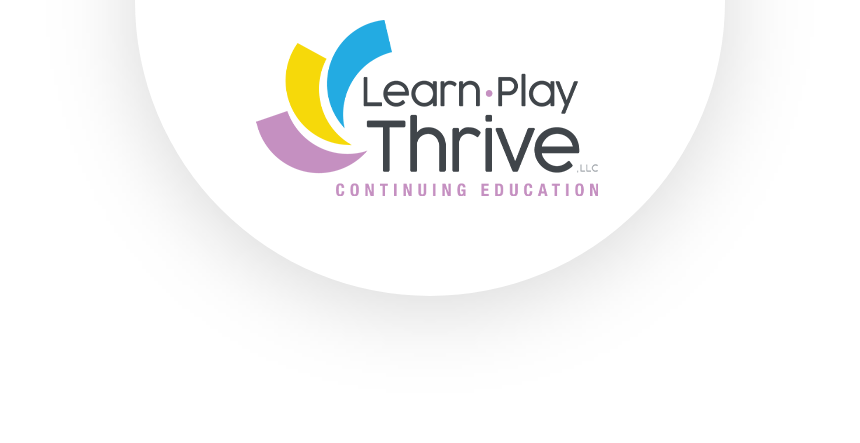Nurture the Love of Learning with a Strengths-Based Approach to Autism Interventions

A couple of weeks ago, a colleague* said something that hit me like a punch to the gut. She pointed out that for our autistic kids, we spend most of their school day and most of their therapy time working on the things that they find the most challenging. Meanwhile, neurotypical students, spend most of their time nurturing and cultivating their strengths.
A Lesson from My Own Life
Take me as an example of a neurotypical school experience. One of my challenges is that I’m awful at memorizing. But nevertheless, I loved school and thrived. I mostly avoided the classes that required heavy memorizing. I dropped AP history in about four seconds.
Instead, I spent a great deal of my time engaged in things I was good at. I got to choose things that made me feel like a competent, and therefore confident, student. And, other than biology, it helped me to not hate school.
Of course there were things I missed out on. Inaccessible teaching methodology made me dislike science and history. Eventually, I got older and found ways to learn that matched my learning style. But when I look back, my challenges with memorization were just a small part of my school experience.
These days, every once in a while, I get dragged into trivia and humiliated. But generally, I avoid things that will showcase how awful my memory is.
I do not try and remediate this weakness like playing memory games or reading books about memory strategies. In fact, I generally avoid memory tasks as much as possible. These activities just don’t pay off in terms of building my skills. In fact, they have such a damaging effect on my self-esteem I simply choose not to engage with them.
So instead, I focus on the things I’m interested in. The things I am good at.
If school had been “memorization practice” to remediate my deficit, I would have been miserable at school. And my self-esteem would have plummeted.
Luckily, the people around me saw my strengths and helped me cultivate them. I learned enough strategies to help me succeed despite my mediocre memory. But more importantly, I learned how to focus on the things I was naturally good at doing. And those things—like, for example, writing—have served me over and over in my life.
The School Experience of Kids on the Spectrum
Consider the school experience of our autistic kids. Over and over we create behavior plans, write social skills goals, and create special classrooms to teach remedial skills.
Autistic kids are taught how to mask their autism and try to use the social skills expected of neurotypical students. They learn how to suppress their need for movement or other types of sensory input. They try to remediate motor and academic challenges. They learn new speech and language skills.
Providers like OTs and SLPs push into classrooms to make sure that students are practicing these skills throughout the day. (Here you might picture the OT with the “whole body listening” visual crouching next to the student reminding him to have “listening hands” in social studies class.)
We withhold the things our kids are interested in and good at over and over again by using first-then schedules and token boards.
It’s easy to think that helping a child boost their remedial skills is the most important thing we can do for them. If certain daily activities aren’t quite so hard, they’ll be free to cultivate a love of learning, right?
But asking our autistic kids to constantly struggle against their challenges can do two things: rob them of the love of learning and take away time they could be spending to cultivate their skills and interests.
Can you imagine the vast number of things an autistic child needs to keep in mind during a school day, on top of all of the regular school requirements?
“Start your letters at the top”
“Do not make that sound in the hallway”
“Take turns on the swing set”
and on and on and on.
If you read that list and think, “That doesn’t sound so bad.” Remember these are things that are likely really hard, really unnatural, or simply nonsensical to an autistic child.
To me, this sounds exhausting. And like something we should all deeply reconsider.
A Strengths-Based Approach to OT
There are therapists who rely on a behavioral approach, using rewards and external reinforcers to motivate a child. For therapists using a behavioral approach, intrinsic motivation and joy in daily activities are likely not the goal. Instead, compliance is the goal.
But, there are others of us who don’t see compliance as the goal. We may nevertheless reflect and discover, “I think I do strengths-based therapy, but really I’m not so sure.”
Here’s the thing: the answer to my struggles in science and history was not to spend more time practicing memorizing. I just needed to modify the activity by using a few tips and tricks to get by. But to truly thrive, I needed my teachers to teach differently. I needed them to teach in a dynamic way that required less memorization so I could actually learn.
In order to teach our autistic children effectively and fairly, we need to be able to teach in a way they understand, striking a balance between asking an autistic child to learn new skills and asking for the change to come from elsewhere, such as changing the environment, the teaching style, or the activity itself.
We don’t need to ignore or avoid the challenges our autistic kids face. But, we also need to make sure we aren’t focusing so much on challenges that we lose sight of their strengths, interests, and positive self-worth.
Two Examples of Strengths-Based OT
Scenario 1: Joan refuses to do partner-work in her seventh-grade science class.
Traditional Approach – A behavior plan is written to clarify the expected behavior and to provide reinforcements for her to work with a peer. Before class, Joan is shown a social story explaining who her partner will be and what will be expected of her.
Deficits to be remediated:
Difficulty relating to neurotypical peers
Dislike of group work
Difficulty with verbal communication
Strengths-Based Approach – Joan is allowed to partner with an autistic classmate who she relates easily to. They conduct their work using a Google Drive document.
Strengths used:
Joan relates easily to her autistic peers (if you haven’t already, check out the research on the “double empathy bind”).
Joan is a fast typist.
She communicates well via typing.
Scenario 2: An early intervention OT would like to teach Anthony how to do a puzzle. Anthony does not imitate or attend to verbal instruction.
Traditional Approach – The OT uses hand-over-hand assistance to help Anthony do the puzzle. The OT uses a “first-then” schedule to show him that he can play with his trains (preferred activity) after doing the puzzle.
Deficits to be remediated:
Attention to the puzzle
Interest in the puzzle,
Understanding of how to do the puzzle
Strengths-Based Approach – The OT chooses a simple three-piece puzzle. She tapes a high interest image (train) inside each section of the inset puzzle and a matching picture on top of each puzzle piece. She structures the puzzle so that he can clearly see what he is supposed to do without relying on a demonstration.
Strengths used:
Anthony is interested in trains.
He follows visual instructions well.
He is able to match pictures.
Stocking Your OT Toolbox for a Strengths-Based Approach
A strengths-based approach to OT with autistic kids allows us to strike a balance between accepting that they think differently and also finding a way to teach them new skills. It reduces the burden on our autistic kids, who are often overwhelmed with the daily challenges of life in a world that is set up for neurotypical people. And it lets us find joy together with them as we help them learn new skills in a way that is truly effective, engaging, and respectful.
In order to successfully use this approach, we must have a nuanced understanding of autism and a robust set of autism tools in our OT toolboxes. We can’t continue relying on hand-over-hand assistance, withholding preferred activities, and using token economies. Instead, we need interventions that respect the learning style of autistic kids. Then we can engage autistic learners in meaningful learning.
Note
*The person who made the comment in the first paragraph that inspired this post was Kristie Koenig from ASD Nest Support Project – NYU Steinhardt. I spoke with her as part of my journey to make my Interpreting Behaviors course (formerly “Behavior Problem Solving”) more strengths-based, more empowering, and more inclusive of autistic voices!



